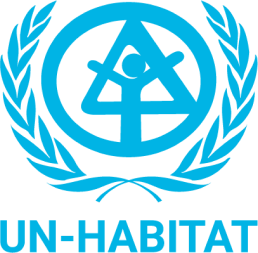29 July 2020, New Delhi – Across the developing world, open dumping sites have been a major concern due to the environment, health and livelihood hazard that such sites cause. Most of the so-called landfill sites that exist in India are usually dumping grounds which were originally low-lying areas and waste was used to fill them, thus the name ‘land-fill’. These dumping grounds are sites that cause excessive ground water pollution, methane gas emissions, fire-hazards and pests—something that is completely opposite to a scientific landfill site.
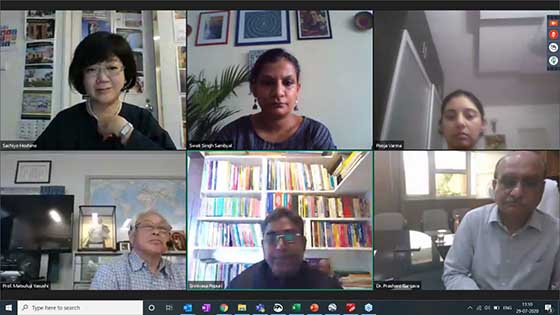
“Sound landfill management” is the need of the hour as it minimizes risks to public health and the environment, leads to clean and resilient cities, contributes to improving resource efficiency, transition to a circular economy, and promotes innovation, employment and sustainable economic growth. This was the crucial consensus by panelists and about 94 participants from local governments, state urban departments and other bilateral and UN agencies who attended the webinar on Landfill Remediation: Exploring Opportunities for adoption of Fukuoka Method in Indian Cities organised by UN-Habitat in coordination with its Regional Office for Asia and the Pacific (ROAP) on 29 July 2020.
“Fukuoka Method is a low-cost sustainable intervention on landfill remediation that intends to remediate dumpsites/landfills by utilising low cost technologies and resource materials. We feel, that the Fukuoka Method shall be extremely useful for the Indian context where remediation is also about using local resources, emphasising on segregation, recover recyclables and provide jobs to informal sector,” said Mr. Srinivasa Popuri, Senior Human Settlement Officer, ROAP, UN-Habitat, in his opening remarks.
“UN-Habitat ROAP is working closely on this issue with experts since late 90s. We had the chance to collaborate and work with Fukuoka Method founders and have done pilot interventions in Ethiopia, Kenya and Myanmar amongst other countries. We intend to transfer the knowledge of this method to Indian cities,” Mr. Popuri added.
Dr. Prashant Gargava, Member Secretary, Central Pollution Control Board (CPCB) highlighted the need for resource intensive landfill site remediation in India in his keynote address. “India has been traditionally following the minimization, recycle and reuse paradigm since ages, our per capita waste generation is much lower in comparison to other countries, however, we started late on waste management as compared to other countries, hence, the challenges still remain particularly in the area of processing where in only 1/3rd of the total waste generated (roughly 150,000 tonnes per day) gets processed, 1/3rd goes to scientific landfill sites and remaining 1/3rd is still being disposed openly in dumpsites. Additionally, there are over 3,000 legacy waste dumpsites that needs to be taken care of,” added Dr. Gargava.
Ms. Pooja Varma, Urban and Governance Expert, UN-Habitat presented the ongoing interventions of UN-Habitat India office under the Sustainable Cities: Integrated Approach Pilot (SCIAP) Project in 5 cities – Bhopal, Mysuru, Jaipur, Guntur and Vijayawada.
Ms. Swati Singh Sambyal, Waste Management Specialist, UN-Habitat shared about the existing status of landfills and dumpsites in India. “As per CPCB’s data on dumpsites, India still has 3,159 operational dumpsites. Uttar Pradesh tops the charts, with 609 dumpsites, followed by Madhya Pradesh, with 378, and Maharashtra, with 327 dumpsites. Landfill capping and biomining are two possible solutions for managing dumpsites currently being explored in the country. However, many municipalities lack the budgets to opt for remediation of their dumpsites due to high capital and operational costs,” added Ms. Sambyal.
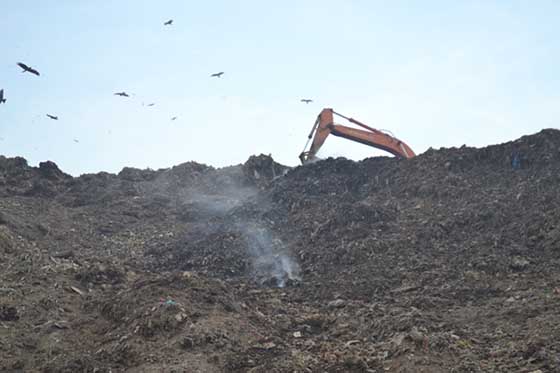
Dr. Matsufuji Yasushi, Professor Emeritus, Fukuoka University, Japan, also one of the founders of Fukuoka Method introduced the semi-aerobic landfill concept to participants and explained the interventions adopted in Japan (the technology has been adopted by over 80 per cent of local governments) and over 15 countries worldwide.
Semi-aerobic landfill structure (Fukuoka Method) refers to a mechanism whereby leachate is quickly removed from waste materials, allowing the inflow of air by installing perforated collection pipes and vertical perforated gas venting pipes at the bottom of the landfill. As the outlet of the perforated collection pipe is always open to air, by using internal fermentation heat, air flows naturally, without the need for an external energy source. By maintaining aerobic conditions in the waste bed interior, the Fukuoka Method accelerates the decomposition of waste materials, improves leachate water quality and inhibits the emission of methane gas. “Local governments in developing countries do not have sufficient funds and this technology provides a cost-effective SWM solution. Leachate treatment via adoption of this method is also very simplified through biological treatment followed by chemical processing. This method is also environmentally friendly (UNFCC approved in 2011) and reduces methane emissions,” Professor Matsufuji added.
“The Fukuoka Method is very scientific, and the economics of the technology can be worked around depending on the capacity and resources available to local governments. One of the other advantages is that it can be introduced at any stage of landfilling – be it a new or existing landfill. It can even be used to convert a 50-year old completed site into a sanitary landfill,” said Ms. Sachiyo Hoshino, Special Advisor to the Director, Regional Office for Asia and the Pacific, UN-Habitat.
“We have also been successful in adapting the technology in all types of weather conditions – be it in the dry, arid desert climate of Iran or hot and humid climes Malaysia. It has also succeeded in Bangladesh and Pakistan, which have weather conditions similar to India,” Ms. Hoshino added.
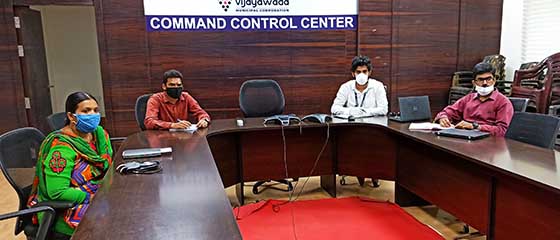
The presentations were followed by a Q&A session, where municipalities and local authorities’ representatives asked questions on the feasibility of adoption of Fukuoka Method in India, its economic viability and the time frame this method takes to treat dump sites. Majority of the city authorities found that the Fukuoka Method would be quite useful for adoption in Indian cities based on an online poll during the Webinar.
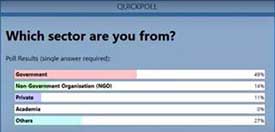
Poll 1: Majorly government representatives from
municipalities and state urban departments from
India participated in the webinar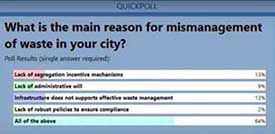
Poll 2: Majority of the participants voted for all of the
above reasons for mismanagement of waste in Indian cities
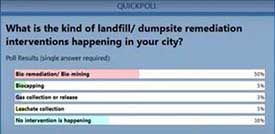
Poll 3: In majority of Indian cities, biomining and
bioremediation related interventions are happening
©UN-Habitat India
Poll 4: Over 98 per cent of participants feel that Fukuoka
Method will be a useful method for remediation of dumpsites
in India
Ms. Sachiyo Hoshino, in her closing remarks, thanked the participants for an interactive session and explained the further steps that UN-Habitat shall adopt to take this pilot intervention forward in India which shall involve coordination with specific cities in India to understand the country specific context and challenges and work with city municipalities for handover of technology.
To take this intervention forward, UN-Habitat India shall discuss with the 5 SCIAP cities about steps to take the pilot intervention forward. Full recording of the Webinar can be accessed at UN-Habitat India official YouTube Channel at: https://youtu.be/aJQC_krOvss
